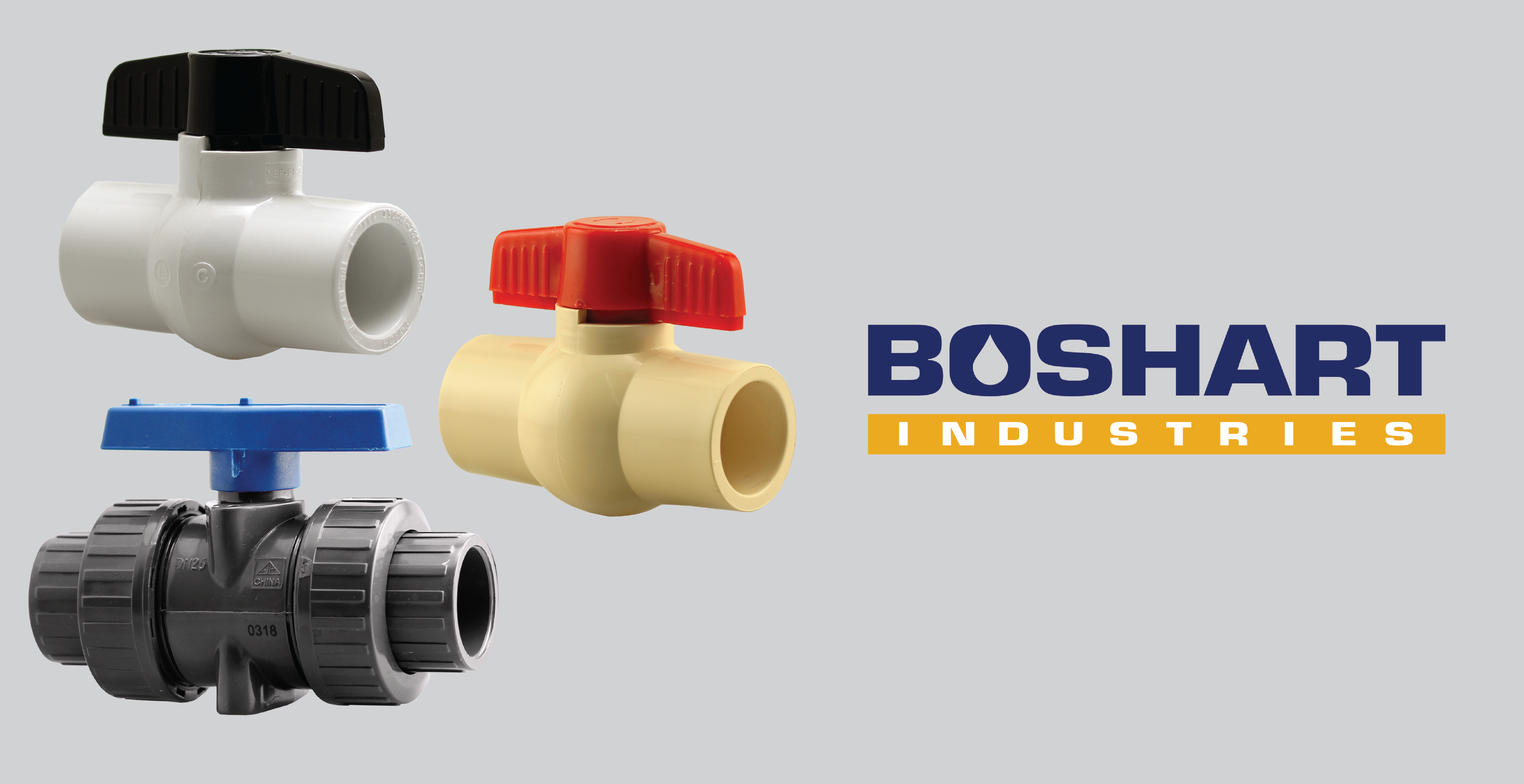BoshartU was born from a collaboration with multiple departments at Boshart like Quality Assurance, Research and Development, and Sales and Marketing. We write blogs to educate you on plumbing, water well, waterworks, HVAC, irrigation, industrial, pool and spa, and sump and sewage products.
You may know them as a wall hydrant, lawn faucet, non-freeze wall hydrant, non-freeze lawn faucet, frost-proof, non-freeze sillcock or even frost-proof wall hydrants. Don't let that confuse you though, they are the same thing. We will be referring to them as wall hydrants in this blog.
In this blog, we are going to look at what a wall hydrant is, how they work, and the importance of preventing backflow. Let's dive in shall we!
If you would prefer to learn the information through video, you can view the video above. The video delves into the same topics as the accompanying blog post!
What is a wall hydrant?
A wall hydrant is a valve that provides the convenience of water outside your house while requiring little winterizing. Ideally used where freezing is possible, wall hydrants protect against damage. The shut off occurs inside the house where there is no chance of freezing. They provide backflow protection in commercial and residential applications.
How does a wall hydrant work?
The handle is turned outside but the valve that controls the flow of water is on the other side of the wall. This is done through a stem that opens and closes a valve inside the house. In the closed position, a bibb washer is forced against the faucet seat stopping the water.
To turn the valve on simply turn the handle and the stem will open the bibb washer allowing water to flow freely through the valve. To turn it off, simply turn the handle the other way and the stem will press the bibb washer against the seat preventing more water from flowing through the valve. Water that is in the valve will drain out leaving it empty.
Wall Hydrants need to be installed at a three to five degree incline where the inlet is higher than the outlet. This allows the valve to drain ensuring there is no water left in the valve to freeze. To help with this, a plastic wedge can be placed securely between the wall and the wall hydrant flange.
How is backflow prevented?
When there is unequal pressures within the water system, a vacuum can be created where water flows backwards back into the house. This is called backflow or back siphonage. If the water that the end of the hose is submerged in is toxic or contaminated, that water would flow back into the system. But good news, this can be easily prevented.
If you already have a hose installed make sure the end of the hose is not submerged in the liquid. Having an air gap between the hose and water will always prevent back siphonage.
Wall Hydrants can take this one step farther by including a check valve and vacuum breaker. The check valve is at the end of the stem and closes when water tries to flow back into the system. A vacuum breaker allows air to enter the valve eliminating a vacuum within the system and ensuring the valve drains completely.
Before removing a faulty wall hydrant I would recommend doing a bit of research about it. Some wall hydrants can easily be repaired instead of replaced. If it needs to be replaced think about installing one that can be repaired in the future. It could just be a worn out piece that needs to be replaced.
Whether you know it as a wall hydrant or a non-freeze lawn faucet, these valves are excellent for providing water outside. With the built in backflow protection and little winterizing required these sure are great valves!
Have further questions about this subject?

Head over to Boshart's Knowledge Base: technical product information, guidelines, and more.





SHARE